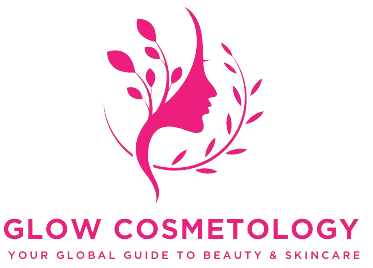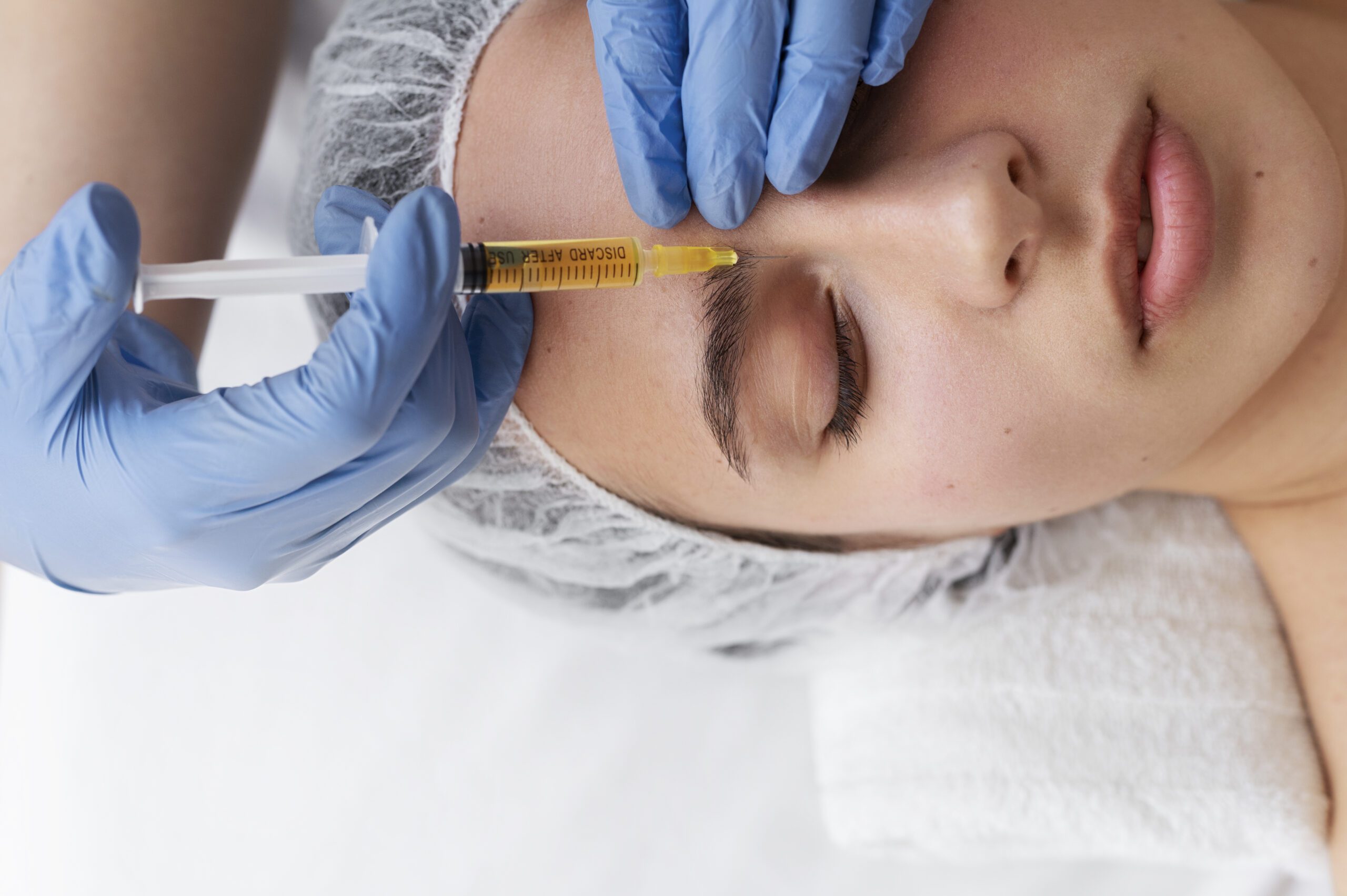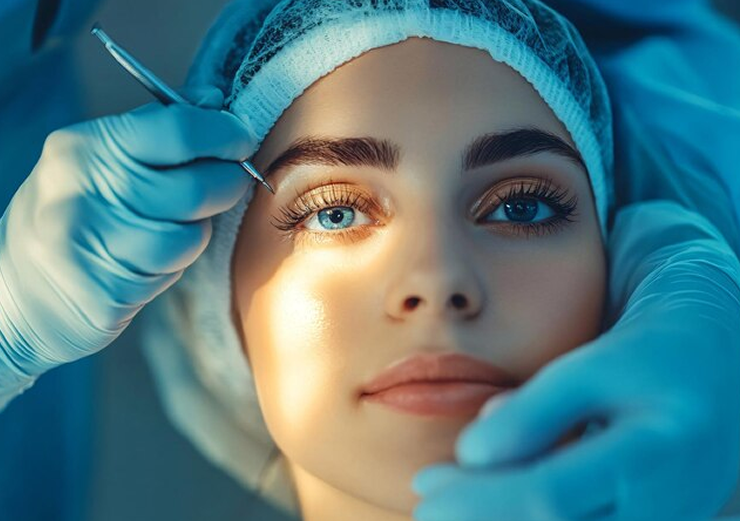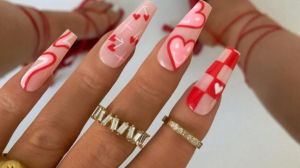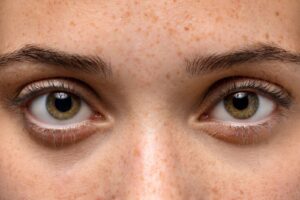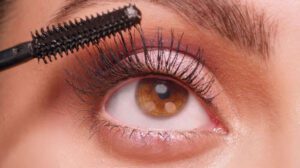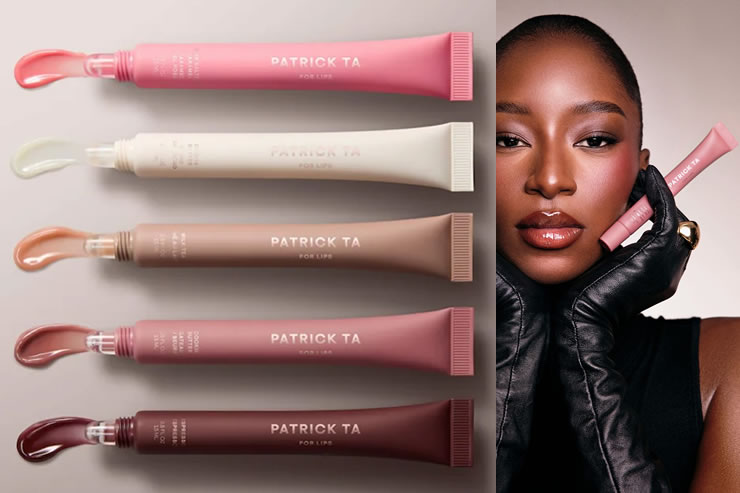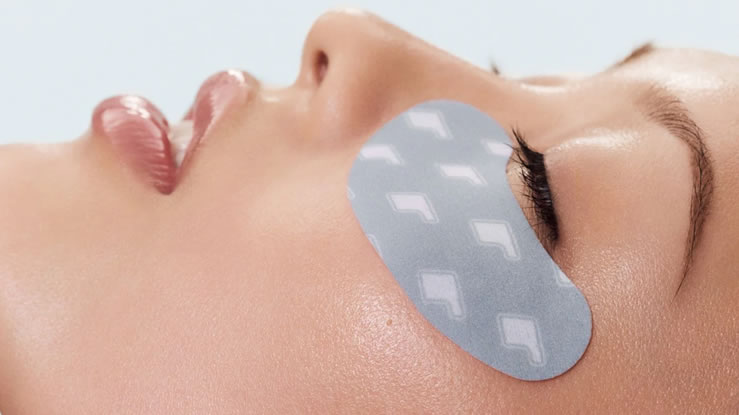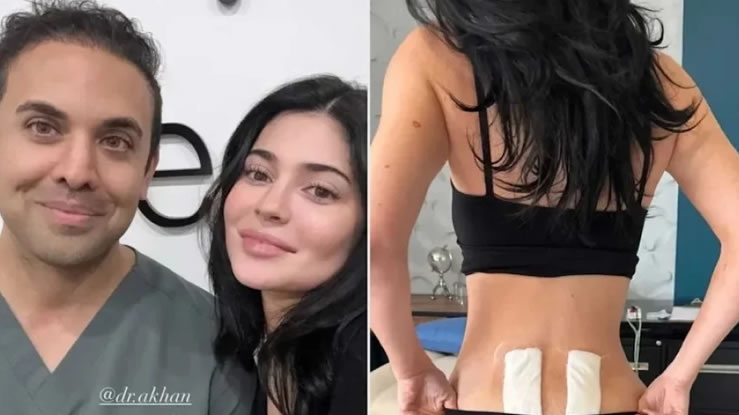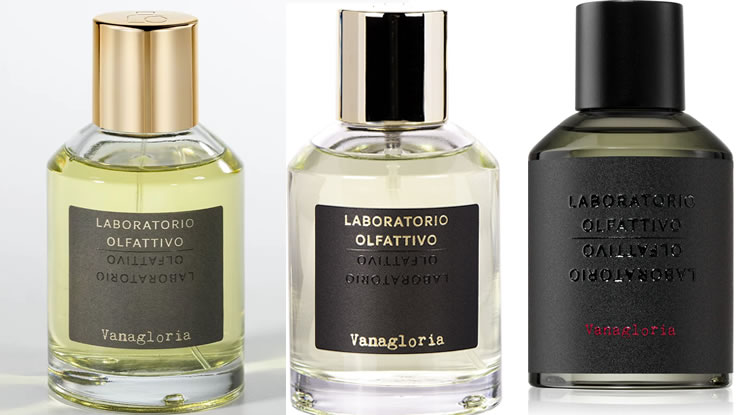Bursitis is a painful and often frustrating condition that affects thousands of people every year, limiting their mobility and interfering with daily life. Whether it’s in the shoulder, hip, elbow, or knee, the inflammation of the bursa a small fluid-filled sac that cushions bones, tendons, and muscles can make even simple movements uncomfortable. While traditional treatments like rest, physical therapy, and medication can help, many people today are turning to regenerative medicine options like Platelet-Rich Plasma (PRP) therapy for faster and more natural healing.
So, the big question is: does PRP really help with bursitis? To answer that, we need to explore how bursitis develops, how PRP therapy works, and what science and real-world experiences say about combining the two.
Understanding Bursitis
To understand whether PRP can help, it’s important first to know what bursitis actually is. The body contains over 150 bursae small sacs filled with lubricating fluid that reduce friction between bones and surrounding soft tissues. When one of these bursae becomes irritated or inflamed, the result is bursitis.
Bursitis commonly affects areas where joints experience frequent repetitive motion or pressure. The most common sites include:
-
The shoulder (subacromial bursitis)
-
The elbow (olecranon bursitis)
-
The hip (trochanteric bursitis)
-
The knee (prepatellar or pes anserine bursitis)
-
The heel (retrocalcaneal bursitis)
Causes of bursitis can vary. Repetitive movement, injury, prolonged pressure on joints, and underlying conditions such as arthritis or gout can all contribute. In some cases, infection (septic bursitis) may occur, requiring antibiotics. The symptoms typically include pain, swelling, tenderness, stiffness, and limited range of motion.
While bursitis often improves with conservative treatments like rest, ice, anti-inflammatory medications, and physical therapy, some chronic or recurring cases can be difficult to manage. This is where PRP therapy comes in as a promising alternative.
What Is PRP Therapy?
Platelet-Rich Plasma (PRP) therapy is a cutting-edge regenerative treatment that uses the patient’s own blood to promote healing. The idea is simple yet powerful: platelets, one of the components of blood, play a key role in the body’s natural repair process. They contain growth factors and proteins that stimulate tissue regeneration, reduce inflammation, and accelerate recovery.
The process of PRP treatment involves drawing a small sample of the patient’s blood, spinning it in a centrifuge to separate the components, and then extracting the concentrated platelet-rich portion. This PRP is then injected directly into the area of injury or inflammation. Because the PRP is derived from the patient’s own blood, the risk of allergic reactions or immune responses is minimal.
PRP therapy has been used for years in sports medicine, orthopedics, dermatology, and cosmetic procedures. Athletes have used it to speed up recovery from tendon injuries, while dermatologists use it for skin rejuvenation and hair growth. In orthopedic medicine, its potential for reducing inflammation and enhancing tissue healing makes it an attractive option for conditions like bursitis.
How PRP Works for Bursitis
When injected into the affected area, PRP releases growth factors that activate the body’s natural healing process. These growth factors attract stem cells, enhance collagen production, and repair damaged tissues. In the case of bursitis, PRP may help by reducing inflammation within the bursa and promoting regeneration of the surrounding soft tissue.
Bursitis often involves inflammation of the bursal lining and sometimes degeneration of nearby tendons due to overuse. PRP injections can target both issues. The growth factors such as platelet-derived growth factor (PDGF), transforming growth factor-beta (TGF-β), and vascular endothelial growth factor (VEGF) stimulate new blood vessel formation and tissue repair, leading to long-term healing rather than just temporary relief.
Moreover, PRP has anti-inflammatory effects that can decrease pain and swelling more effectively than corticosteroid injections in some patients. While steroids provide short-term relief by suppressing inflammation, they do not promote tissue repair and can even weaken tendons with repeated use. PRP, on the other hand, supports long-term tissue health and restoration.
Evidence Supporting PRP for Bursitis
The use of PRP for bursitis is still an evolving field, but clinical research and patient outcomes are promising. Studies have shown that PRP injections can significantly reduce pain and improve function in patients with chronic bursitis, especially in the hip and shoulder regions.
For instance, in cases of trochanteric bursitis (hip bursitis), PRP has demonstrated superior long-term benefits compared to corticosteroid injections. Patients treated with PRP often report reduced pain, improved mobility, and longer-lasting results. In shoulder bursitis, PRP can help repair microtears in surrounding tendons (such as the rotator cuff), promoting a more complete recovery.
Although large-scale randomized clinical trials are still limited, early evidence and numerous case studies suggest PRP’s potential to reduce inflammation, enhance healing, and lower recurrence rates for chronic bursitis.
What to Expect During PRP Treatment
If you decide to try PRP therapy for bursitis, the procedure is relatively simple and minimally invasive.
-
Consultation and Evaluation: Your healthcare provider will assess your condition, review medical history, and determine if PRP is suitable for you. Imaging tests such as ultrasound or MRI may be used to locate the inflamed bursa.
-
Blood Collection: A small amount of blood is drawn from your arm usually about 15 to 30 milliliters.
-
PRP Preparation: The blood is spun in a centrifuge to separate red blood cells, white blood cells, plasma, and platelets. The platelet-rich plasma is then collected.
-
Injection: The PRP is injected into the affected bursa or surrounding tissue under ultrasound guidance to ensure precision.
-
Aftercare: You may experience mild soreness or swelling for a day or two after the injection. Rest and ice are recommended for the first 24–48 hours.
The entire process typically takes about an hour, and most patients can resume normal activities the next day. Multiple sessions may be needed depending on the severity of bursitis.
Benefits of PRP Therapy for Bursitis
-
Natural Healing: PRP uses your body’s own platelets, reducing the risk of adverse reactions.
-
Long-Term Results: Instead of masking symptoms, PRP promotes actual tissue repair.
-
Reduced Dependence on Steroids: It offers an alternative to corticosteroids, which can weaken tendons with repeated use.
-
Minimally Invasive: No surgery or general anesthesia is required.
-
Improved Mobility: Patients often regain range of motion and return to normal activities faster.
-
Lower Recurrence: By repairing tissue and reducing inflammation, PRP may decrease the risk of bursitis returning.
Potential Risks and Side Effects
Although PRP therapy is generally safe, it’s important to understand possible side effects. Because the injection involves a needle, there is a small risk of infection, bleeding, or temporary pain at the injection site. Some patients may experience mild swelling or bruising. These symptoms usually subside within a few days.
To minimize risks, PRP should always be performed by a qualified medical professional experienced in regenerative medicine. Avoid unverified clinics or practitioners that do not follow sterile procedures or proper preparation protocols.
Comparing PRP to Other Treatments for Bursitis
-
Corticosteroid Injections: Provide quick pain relief but often wear off within weeks or months. Long-term use may weaken tissues.
-
Physical Therapy: Essential for strengthening muscles and improving flexibility but may take longer to reduce inflammation.
-
NSAIDs (Nonsteroidal Anti-Inflammatory Drugs): Help control pain but do not address the underlying tissue damage.
-
Surgery: Reserved for severe or chronic cases unresponsive to other treatments. PRP may help patients avoid surgery altogether.
In many cases, PRP is used alongside physical therapy to optimize healing and restore full function. The combination of regenerative stimulation and guided movement therapy creates an environment for sustained recovery.
Who Can Benefit Most from PRP for Bursitis?
PRP therapy is suitable for individuals who:
-
Have chronic bursitis that hasn’t improved with conventional treatments
-
Want to avoid repeated corticosteroid injections
-
Prefer a natural, non-surgical solution
-
Are recovering from sports or overuse injuries
-
Have no active infections or severe bleeding disorders
People who take blood-thinning medication or have certain autoimmune conditions may need special evaluation before undergoing PRP therapy.
How Long Does It Take to See Results?
Results vary depending on the individual and the severity of the condition. Some patients report improvement within two weeks, while others may need several months for optimal healing. Most see significant relief after two to three PRP sessions spaced a few weeks apart. The results tend to be long-lasting because the treatment addresses the underlying inflammation and tissue damage.
Cost and Accessibility
The cost of PRP therapy can vary widely depending on location, clinic, and number of sessions required. On average, a single session can cost between $500 and $2000. While insurance typically does not cover PRP since it’s considered experimental or elective, the potential for long-term relief makes it a worthwhile investment for many patients.
Lifestyle and Recovery Support
After PRP treatment, adopting certain lifestyle habits can enhance recovery:
-
Engage in gentle stretching and physical therapy as advised.
-
Avoid overuse or repetitive strain on the affected joint.
-
Maintain a healthy diet rich in anti-inflammatory foods.
-
Stay hydrated to promote tissue health.
-
Get adequate rest to allow for optimal healing.
Combining PRP therapy with proper self-care can significantly improve long-term outcomes and prevent recurrence.
The Future of PRP in Orthopedic Medicine
As regenerative medicine continues to advance, PRP is gaining recognition as a viable treatment option for chronic joint and soft tissue conditions. Researchers are exploring its combination with other therapies such as stem cells and hyaluronic acid to enhance results.
For bursitis, especially in stubborn or recurring cases, PRP offers a middle ground between conservative care and surgery a treatment that encourages the body to heal itself.
So, does PRP help with bursitis? The answer is yes especially for individuals who have not found relief through traditional treatments. By harnessing the body’s natural healing capabilities, PRP targets the root cause of inflammation, encourages tissue regeneration, and reduces pain in a sustainable way.
While it’s not a miracle cure and may not work the same for everyone, the evidence supporting PRP’s effectiveness continues to grow. It represents a shift toward more holistic and regenerative approaches in medicine, where the goal isn’t just to mask pain but to heal from within.
If you’re struggling with bursitis and want a solution that restores movement, reduces pain, and promotes long-term recovery, PRP therapy is worth discussing with a qualified orthopedic or sports medicine specialist.
